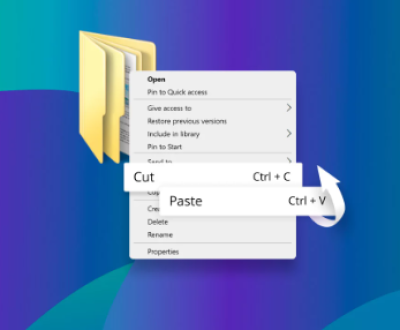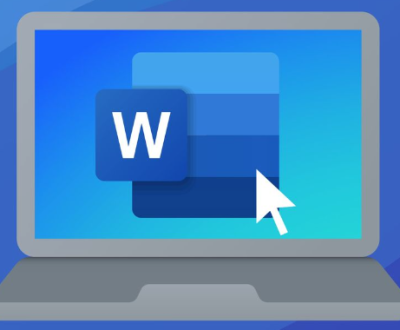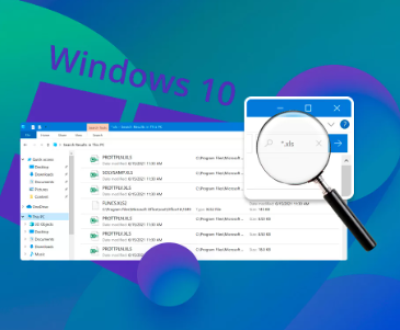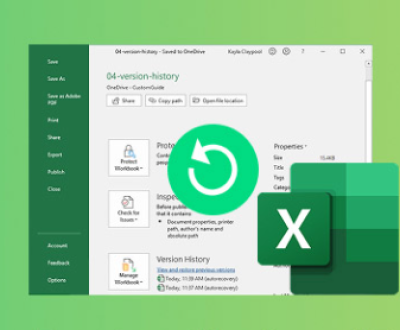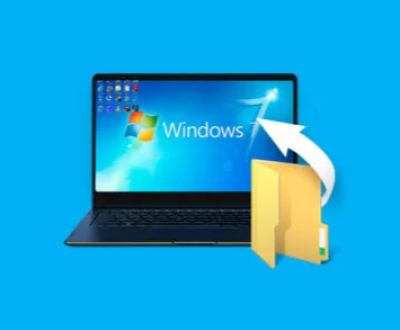Retrieving archived emails in Outlook can be a straightforward task if you know where to look and what tools to use. Whether you are using Microsoft Outlook as part of a corporate setup or a personal Microsoft 365 account, emails may be archived to save space, organize your inbox, or for legal compliance purposes. However, knowing how to access those emails again is essential when you need to retrieve important information that was once stored in an archive.
Archiving in Outlook is the process of moving emails from your primary mailbox to an archive folder. This is done to keep your mailbox organized and free of clutter. Archives help reduce the size of your mailbox, which can enhance performance while still allowing you to retain older emails for future reference. Typically, archived emails are stored in a separate .pst (Personal Storage Table) file, though Exchange server users may have their archives stored on the server.

There are several reasons for archiving emails:
Mailbox Size Limits: Email providers and organizations may impose limits on mailbox sizes, prompting users to archive older emails.
Organizational Purposes: By archiving, users can keep their inboxes clean and organized without permanently deleting messages.
Compliance: In certain industries, emails must be archived for legal or regulatory purposes, and archiving ensures that these messages are retained for the required amount of time.
Where Are Archived Emails Stored?
The location of your archived emails depends on several factors, including the version of Outlook you’re using and whether your account is linked to an Exchange server or if you use an Outlook.com or Microsoft 365 account. Here are the potential locations:
.PST Files:
If you use a standalone version of Outlook, archived emails are typically saved in a .pst file, which is stored locally on your computer. The location of this file can vary based on your operating system and settings.
For Outlook 2016 and later, the default location for a .pst file is usually found in the Documents\Outlook Files folder.
Online Archiving (Exchange or Microsoft 365):
For users with an Exchange or Microsoft 365 account, archived emails are stored on the server, and you can access them through Outlook.
These emails are available in the Online Archive folder, which will be listed in your folder pane.
Steps to Retrieve Archived Emails in Outlook
Now that you know where archived emails are stored, let’s look at the process of retrieving them. We will cover methods for Outlook desktop apps, the web version (Outlook.com), and mobile apps. Make sure to follow the appropriate steps based on your version of Outlook.
1. Retrieving Archived Emails in Outlook Desktop (Outlook 2016. 2019. or Microsoft 365)
If you are using a desktop version of Outlook, retrieving archived emails is relatively simple.
Step 1: Open Outlook
Launch the Outlook application on your computer and ensure you are logged in with the correct account that has access to the archived emails.
Step 2: Locate Your Archive Folder
In Outlook, the archived emails will be in a folder called Archive. Depending on the version of Outlook, you may find this folder in the left-hand folder pane, under your mailbox.
If you’re using Outlook with Exchange or Microsoft 365. look for Online Archive in the folder pane.
For Outlook with a personal account or POP/IMAP, the archived emails are usually found in a folder named Archive or under Personal Folders.
Step 3: Open Archived Emails
Once you locate the archive folder, click on it to view all of your archived emails. These should now be accessible, and you can search within the archive just like you would with any other folder.
Step 4: Move Emails Back to the Inbox (Optional)
If you want to move an email from the archive back to your inbox, simply drag it to the Inbox folder or use the Move to option from the right-click menu.
Step 5: Searching Archived Emails
If you’re looking for a specific archived email, you can use the Search feature in Outlook:
Click the search bar at the top of Outlook.
From the search results, select All Mailboxes or specify the Archive folder to narrow your search to archived emails.
You can use search filters like sender, subject, or date range to make the search more efficient.
2. Retrieving Archived Emails in Outlook for Microsoft 365
For Outlook as part of Microsoft 365. the archived emails are generally stored in an Online Archive. Retrieving them in the Microsoft 365 version of Outlook is a similar process to using the desktop app.
Step 1: Open Microsoft 365 Outlook
Open Outlook for Microsoft 365 and ensure that your account has access to online archiving. If your organization is using Microsoft 365 and archiving is enabled, you should see an Online Archive folder in the folder list.
Step 2: Access Online Archive
Click the Online Archive folder in the folder pane. This is where your archived emails are stored.
Step 3: Search or Browse
Once the archive is open, you can browse through emails or use the search bar to find specific messages. You can filter results based on sender, date, subject, or attachments.
Step 4: Move Emails (Optional)
If you find an email you want to keep in your primary mailbox, right-click it and select Move > Inbox or another folder. Alternatively, you can drag and drop emails between the folders.
3. Retrieving Archived Emails in Outlook.com (Web Version)
If you are using the web-based version of Outlook (Outlook.com), retrieving archived emails involves these steps:
Step 1: Log into Outlook.com
Go to Outlook.com and log in with your Microsoft account credentials.
Step 2: Open the Archive Folder
On the left sidebar, scroll down to find the Archive folder. If your emails were archived manually or automatically, they should be located here.
Step 3: View and Search Archived Emails
Click on the Archive folder to view your emails. You can use the search bar at the top to find specific archived emails.
Step 4: Move Emails Back to Inbox
To restore an email to your inbox, select it and click the Move to button at the top of the page, then choose Inbox or any other folder.
4. Retrieving Archived Emails in Outlook Mobile App (iOS/Android)
If you’re using the Outlook mobile app, retrieving archived emails is also simple.
Step 1: Open the Outlook App
Launch the Outlook app on your mobile device and log in with your account credentials.
Step 2: Navigate to Archive
Scroll through your folders or swipe left to find the Archive folder.
Step 3: View Archived Emails
Tap on the Archive folder to access all your archived emails. You can scroll through the emails or use the search bar to find specific messages.
Step 4: Move Emails Back (Optional)
To move an email back to your inbox, tap and hold on the email, then select Move to Inbox.
How to Set Up Auto-Archiving in Outlook
If you frequently need to archive emails, setting up auto-archiving can help streamline the process. Auto-archiving automatically moves older emails to the archive folder based on predefined settings. Here’s how to set it up:
Open Outlook and go to File > Options.
In the Outlook Options window, select Advanced.
Scroll down to the AutoArchive section and click on AutoArchive Settings.
Select the Run AutoArchive every X days option, and configure the frequency, including how often emails are archived, how long to keep items, and where to move the archived emails.
Troubleshooting Issues with Archived Emails
If you cannot find or access your archived emails, there could be several reasons:
Corrupted Archive Files: If your .pst file is corrupted, you may need to repair it using the Inbox Repair Tool (Scanpst.exe).
Missing Archive Folder: If you do not see the archive folder, ensure that your email account is set up for archiving, especially if using a Microsoft Exchange or Microsoft 365 account.
Email Deletion: If emails were deleted from the archive folder, you may not be able to retrieve them unless you have a backup.
About us and this blog
Panda Assistant is built on the latest data recovery algorithms, ensuring that no file is too damaged, too lost, or too corrupted to be recovered.
Request a free quote
We believe that data recovery shouldn’t be a daunting task. That’s why we’ve designed Panda Assistant to be as easy to use as it is powerful. With a few clicks, you can initiate a scan, preview recoverable files, and restore your data all within a matter of minutes.
Subscribe to our newsletter!
More from our blog
See all postsRecent Posts
- How to restore lost files on sd card 2025-07-03
- How to restore lost files 2025-07-03
- How to restore lost word document 2025-07-03

 Try lt Free
Try lt Free Recovery success rate of up to
Recovery success rate of up to


